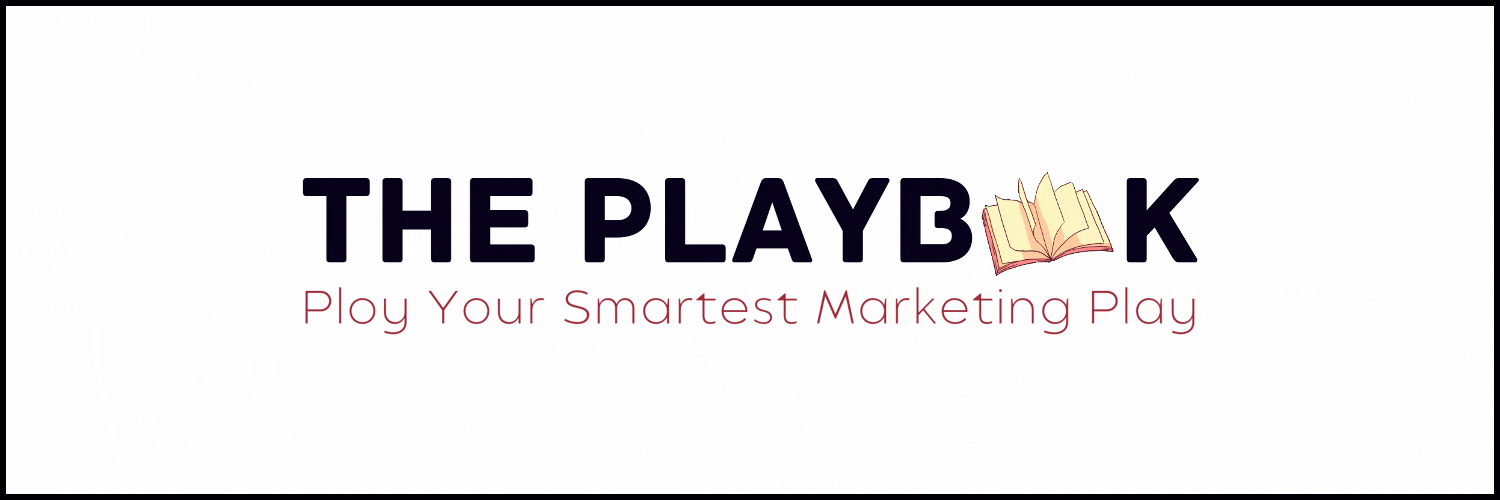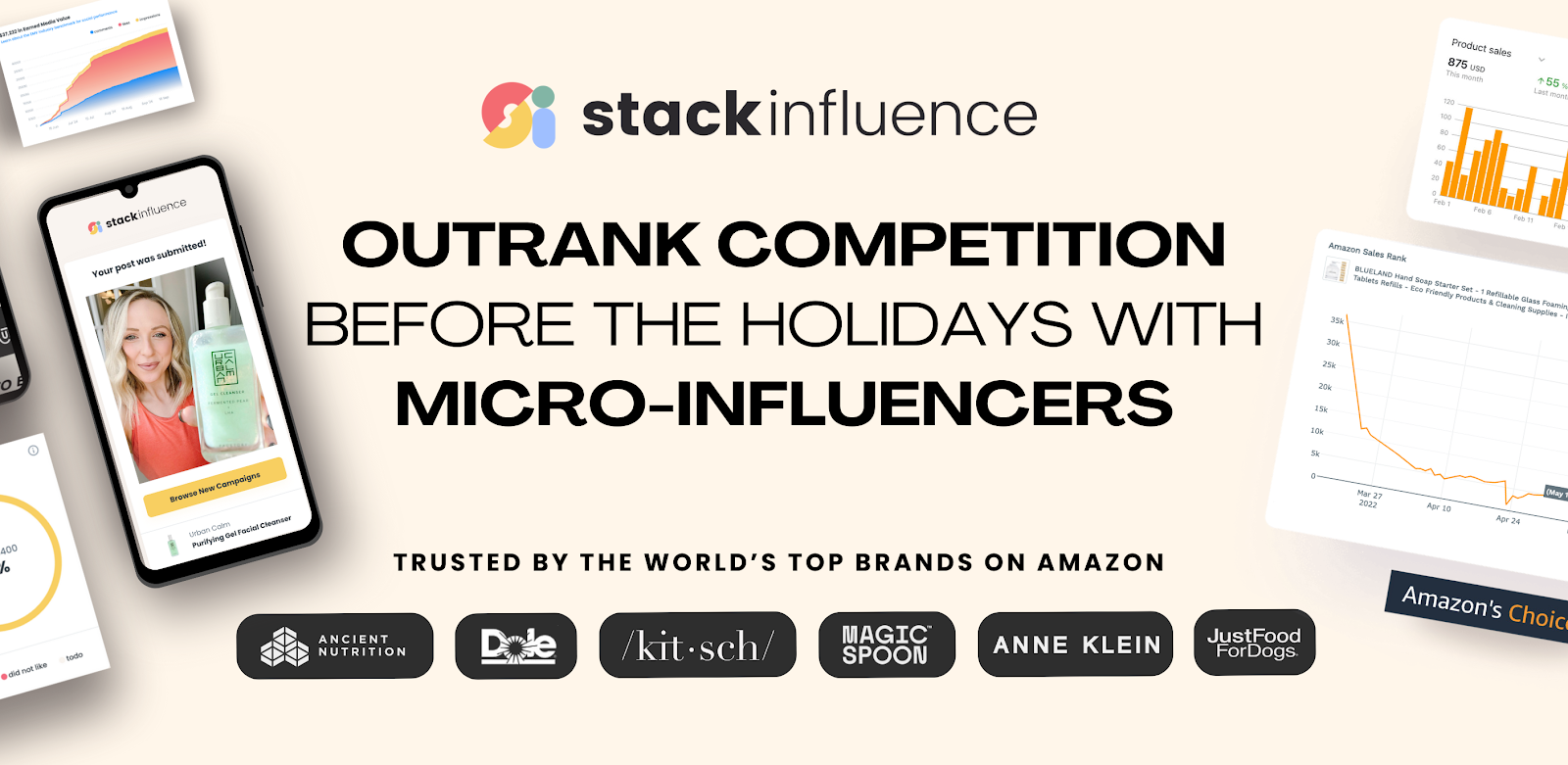Test Emotions not Hooks
🎯The real reason your winning ads suddenly collapse, and more!

Hey Readers 🥰
Welcome to today’s edition, bringing the latest growth stories fresh to your inbox.
And just a quick heads-up! If you stumbled upon us through a friend, make sure to subscribe below! That way, you’ll never miss out on the trending stories.
🎯 Test Emotions Not Hooks
Most brands behave like emotions are infinite. They are not. Every emotional angle works like a commodity with its own supply, demand, and saturation curve. When a category overuses one, cost per conversion rises and returns fall across the market.
This is the uncomfortable part most teams avoid. Sometimes your ads did not fail. Your emotion did.
Your Competitors Are Quietly Raising Your Emotional Costs
When everyone leans on the same emotional entry point, Meta pushes CPMs up while attention drops. You have watched this play out over and over.
Category saturation patterns:
- Aspiration in fitness
- Safety in baby products
- Convenience in food
- Novelty in gadgets
- Embarrassment in skincare
Your winning ad stops working, not because it fatigued, but because the emotion behind it reached market saturation. Most analysts mislabel this as creative exhaustion.
The creative isn’t exhausted. The emotion is. Elite operators don’t just test hooks. They test emotional supply and demand.
The Five Emotional Demand Curves That Shape ROAS
1️⃣ Aspiration, High demand, fast saturation: Everyone uses it. It burns out quickly. Only hyper specific identity angles hold.
2️⃣ Pride, Slow saturation, high LTV: Hard to script, which is why few touch it. Buyers acquired through pride tend to stay longer.
3️⃣ Curiosity, Infinite demand, near zero saturation: The most under utilized emotion in DTC. It scales when every other lever softens.
4️⃣ Embarrassment, Spiky demand, volatile saturation: Explosive when used sparingly. Collapses when multiple brands crowd the same angle.
5️⃣ Regret, Highest converting, least used: Regret spikes are short and sharp. They convert extremely well because most brands avoid the specificity required.
These curves exist whether you acknowledge them or not. The operators who learn to see them stop guessing and start arbitraging.
The Lindy Advantage: Rotating Emotions Without Burning Out
Lindy becomes unfair leverage here. Not because it understands emotional economics, but because you can instruct it to rotate scripts across multiple emotional demand curves automatically. Tell Lindy:
“Generate versions mapped to curiosity, pride, regret, and low saturation emotional states, then cycle and summarize performance.”
You get continuous emotional diversification without producing variants manually. You can get started for free and claim your $20 in bonus credits.
How Operators Apply Emotional Demand Curves
1️⃣ Diagnose category saturation: If your market is drowning in aspiration, leave it immediately.
2️⃣ Build a multi-emotion portfolio: Pair low saturation emotions with high demand ones to stay ahead of competitors.
3️⃣ Rotate based on market temperature: If curiosity outperforms aspiration, shift spend rapidly instead of forcing fatigued angles.
Most brands test creatives. Elite brands test emotional markets. Once you understand emotional demand curves, you stop reacting and start exploiting what the industry is too slow to recognize.
Partnership with Stack Influence
How Lenny & Larry’s 11X’d Amazon Sales Without Spending More on Ads

You know that sinking feeling when a new product just doesn’t move? Ads burning cash, clicks dying out, and the Amazon algorithm ignoring you completely. That’s exactly where Lenny & Larry’s was when their Protein Pretzels tanked until they flipped the script.
They stopped buying attention and started earning it. Through Stack Influence, they turned 1,560 real customers into micro-influencers.
Buyers who actually posted, reviewed, and drove organic visibility. Within weeks, momentum snowballed.
🚀 Sales exploded 11X from 1K to 11K units per month
💬 500+ verified reviews boosted trust and rankings
💰 $2M+ in revenue with zero increase in ad spendStack Influence helped brands like Unilever, P&G, and Magic Spoon quietly scale the same way by turning customers into content creators and paying them only with products.
The faster you start, the faster your next launch compounds.
🗝️ Tweet of the Day

Advertise with Us
70% of email clicks are bots but not with The Playbook. Reach real human buyers with verified clicks and only pay for actual engagement.
We'd love to hear your feedback on today's issue! Simply reply to this email and share your thoughts on how we can improve our content and format. 😍